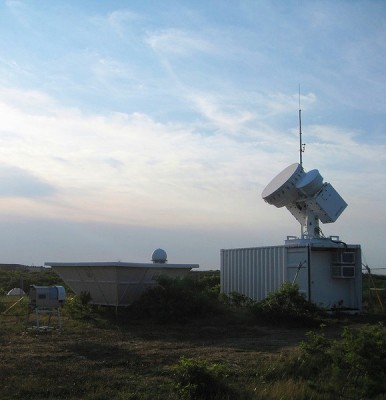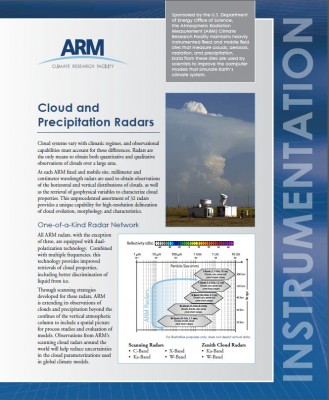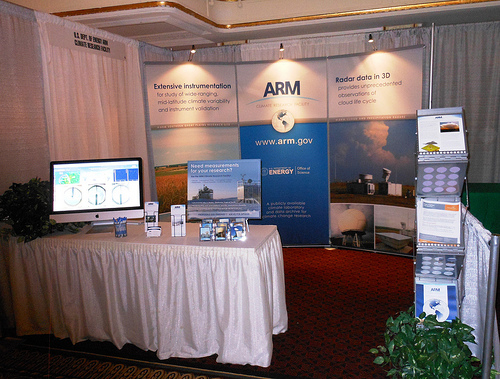
This week, radar engineers and science colleagues are gathering in Breckenridge, Colorado, for the American Meteorological Society’s 36th Conference on Radar Meteorology, September 16-20. From new insights on Arctic cloud processes to innovative techniques for radar calibration, leading ARM radar experts are sharing their latest findings and advances from ARM’s global radar network for both weather and climate research. In addition to co-chairing numerous sessions, their talks and posters cover the range of this year’s conference themes:
- Emerging Technology and Future Directions
- Precipitation & Hydrologic Applications (Operational)
- Advances in Precipitation & Microphysics Estimation (Research)
- Polarimetric Radar
- Use of Radar Data for NWP Models
- Field Campaigns
- Airborne and Spaceborne Radars
- Millimeter Wavelength Radars

Below are a few topics of note; for specific talks, browse the program.
Short Course: Weather Radar Calibration Laboratory. Saturday, September 14, CSU-CHILL Site, Greeley, Colorado.
Preceding the formal conference, Nitin Bharadwaj, ARM radar engineer at Pacific Northwest National Laboratory, joins co-instructors to review not just radar theory, but to provide practical demonstrations and calibration methods. It includes both laboratory and field work.
Keynote: Arctic Multi-Layered, Mixed-Phase Cloud Processes Revealed in Millimeter-Wave Cloud Radar Doppler Spectra. Tuesday, September 17, at 9:00 a.m.
ARM site scientist for the North Slope of Alaska, Johannes Verlinde from Pennsylvania State University presents results from an investigation into multi-layered, mixed-phase cloud microphysical processes observed during the Mixed-Phase Arctic Cloud Experiment conducted at the North Slope. Different layers interacted with one another by changing the radiative heating profile, by precipitation which changed the growth paths available to cloud particles and even initiated new hydrometeor classes, or by coherent external forcing from waves that propagated in the very stable environment in which the clouds existed.
# # #
 User Facility Exhibit
User Facility Exhibit
The ARM Exhibit showcases streaming data from our research sites across the globe and highlights other key features of this scientific user facility. Visit the display to learn more about the facility and meet our radar scientists and engineers. Or pick up the new radar brochure and other materials that describe ARM’s measurement capabilities, data collections, and field campaigns. Exhibit Hall, Space 4, Monday-Wednesday.
The ARM Climate Research Facility is sponsored by the DOE Office of Science, Office of Biological and Environmental Research. Follow ARM on Facebook and Twitter.

